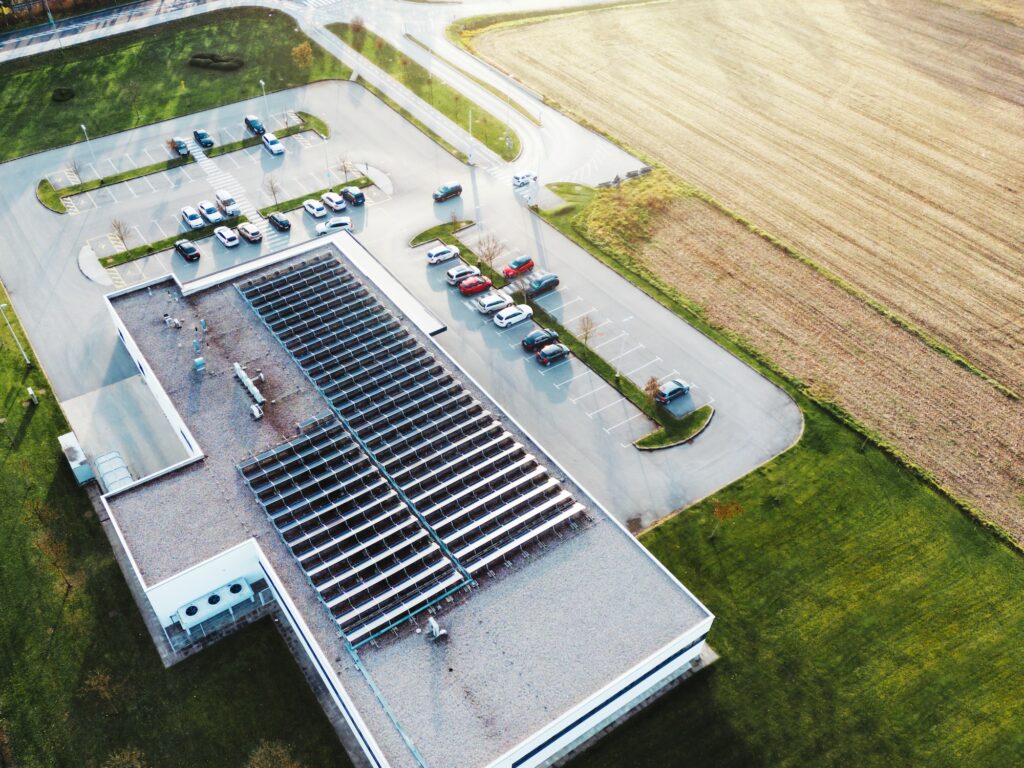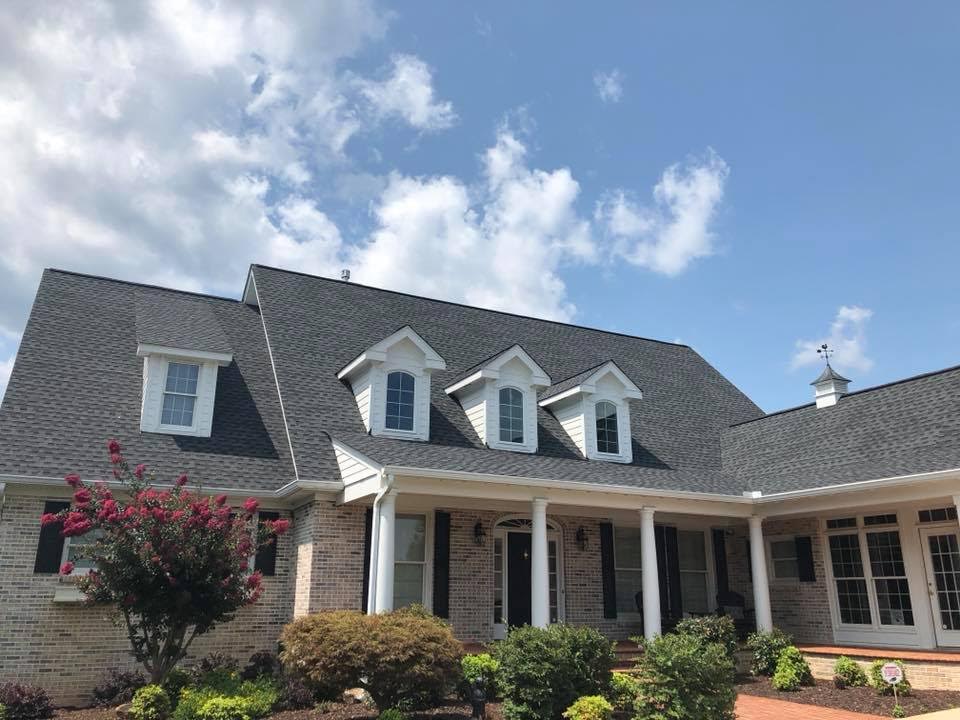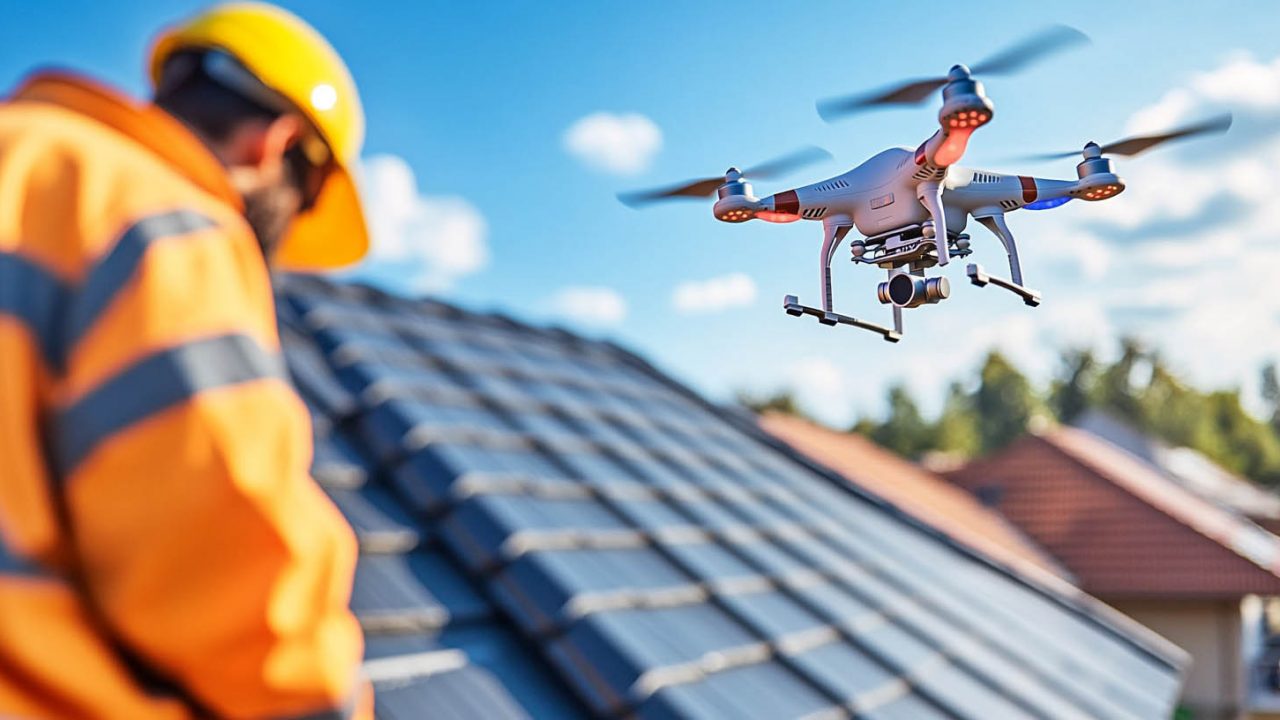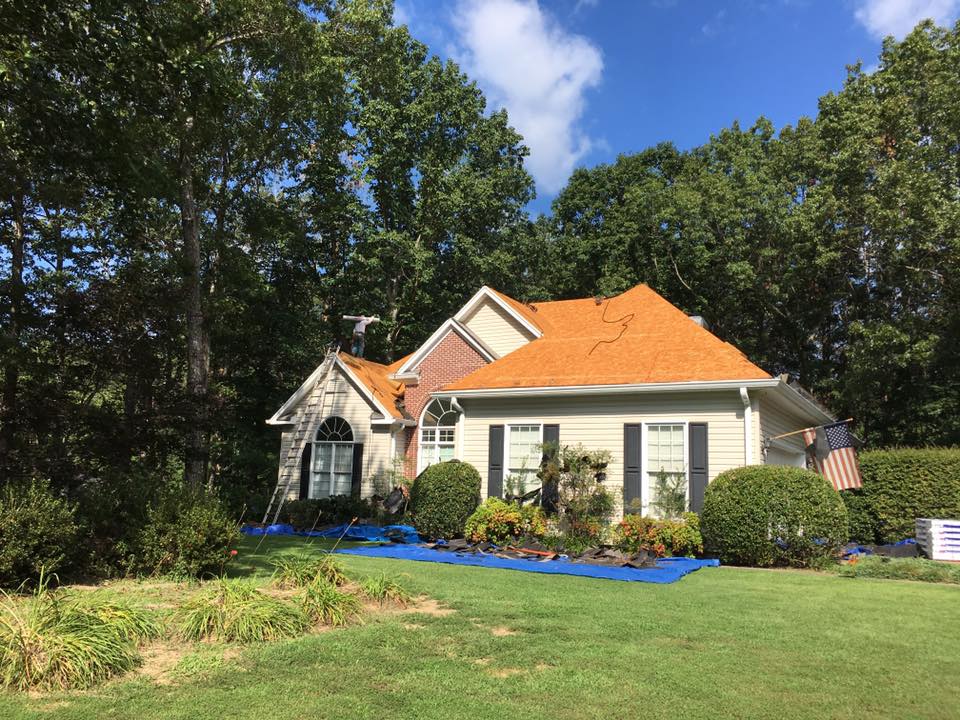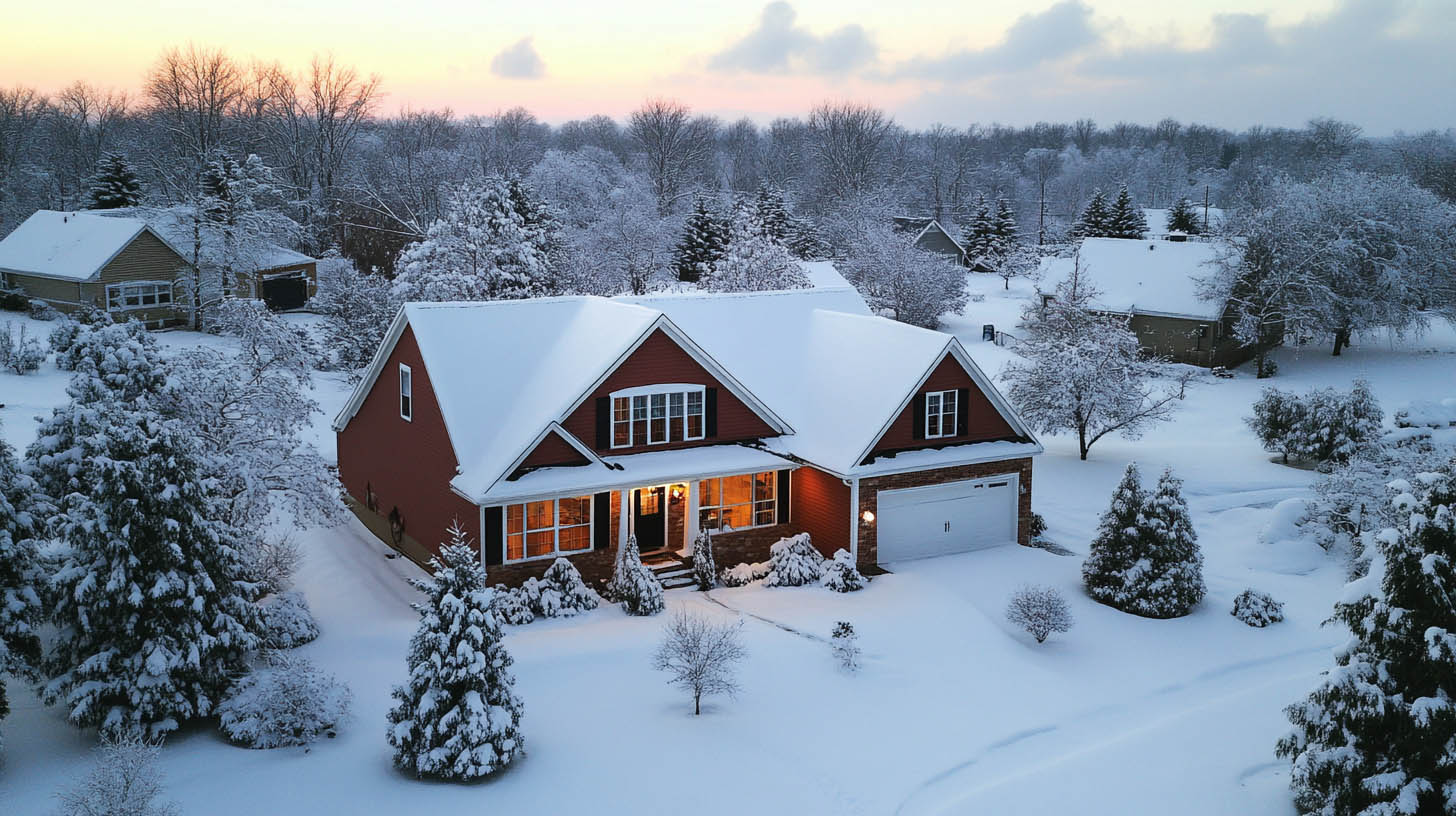Advancements in technology have revolutionized the way roofing inspections are conducted. At United Contracting & Roofing LLC, we leverage drone technology to provide accurate and efficient assessments of commercial roofs.
Advantages of Drone Technology
Safety
Drones allow roofing companies to perform preliminary roof inspections without risking the safety of inspectors. Falls are a leading cause of fatalities in the construction industry, with over 3,500 deaths between 2003 and 2013. Utilizing drones significantly reduces the risk of accidents and injuries associated with roof inspections. This technology enables detailed aerial surveys, capturing high-resolution images and videos of the roof’s condition. By leveraging drone technology, companies can efficiently assess roofs while prioritizing the safety and well-being of their workforce.
Greater Accessibility
Drones access hard-to-reach areas that are difficult or dangerous to inspect in person. For example, roofs with steep grades, towering chimney stacks, or hazardous materials like clay can be safely examined using drones. Unlike camera poles, which have limited depth capabilities, drones can capture comprehensive visual data of the entire roof structure.
Cost-Cutting
Utilizing drones for roof inspections reduces the need for risers, ladders, and other equipment, lowering overall costs. Additionally, it minimizes the amount of on-site accessibility training required for consultants, further saving time and money.
Time-Saving
Drones expedite the inspection process by quickly pinpointing key problems on the roof. This efficiency translates to less time spent on the roof and more cost savings for customers. By capturing detailed aerial images and data, drones allow for swift identification of issues such as leaks, damaged shingles, and structural weaknesses. This not only enhances the accuracy of inspections but also reduces labor costs and minimizes disruptions. Consequently, customers benefit from faster service, lower expenses, and comprehensive assessments of their roofing needs.
Manpower Efficiency
Drones enable inspections to be conducted by smaller teams. A single drone pilot can assess small roofs, while larger roofs may require an additional visual observer (VO) to maintain line of sight and analyze thermal data.
Key Uses of Drone Technology in Roofing
Thermographic Imaging
Drones equipped with thermographic imaging can detect water damage or moisture that is otherwise unobservable. This technology provides valuable data for property managers and contractors, aiding in budgeting, assessing roofing needs, and developing action plans.
Insurance Assessments
Some insurance companies use thermal maps generated by drones to assess the condition of a roof and determine property insurance rates. This method is more accurate and efficient than traditional inspection methods. Thermal imaging can detect heat loss, moisture buildup, and potential leaks that are not visible to the naked eye, providing a detailed analysis of the roof’s condition. By utilizing this advanced technology, insurance companies can make more informed decisions about coverage and premiums, offering a fairer and more precise assessment for property owners. This approach enhances both the accuracy and efficiency of the insurance evaluation process.
Addressing Your Roofing Needs with Drones
At United Contracting & Roofing LLC, we utilize drones to enhance our roofing services. From initial inspections to final project verification, our drones ensure that roofing projects are completed to specifications and uncover potential issues early on.
Conclusion
Drone technology has transformed commercial roofing inspections, providing safer, more efficient, and cost-effective solutions. Contact United Contracting & Roofing LLC to learn more about our drone-assisted roofing assessments and how we can help you maintain your commercial roof.For more insights on What Should Be Done and How Often for Commercial Roof Maintenance, click here.

